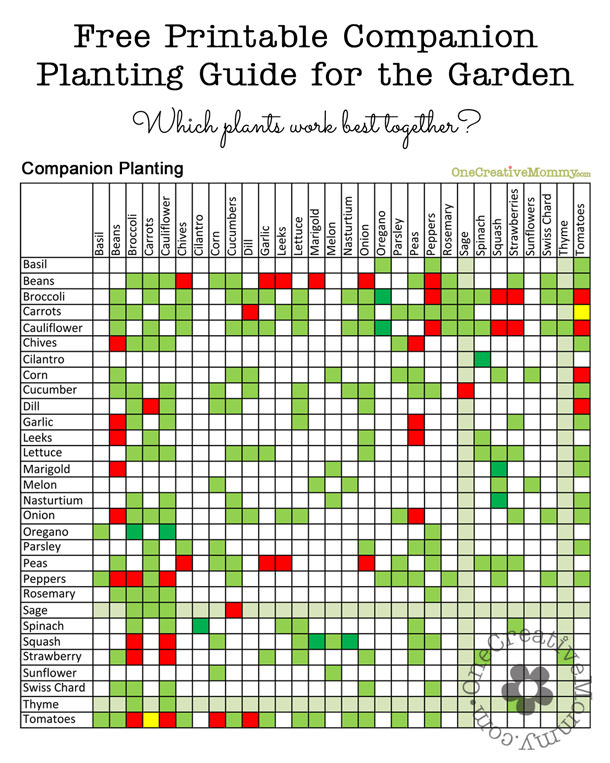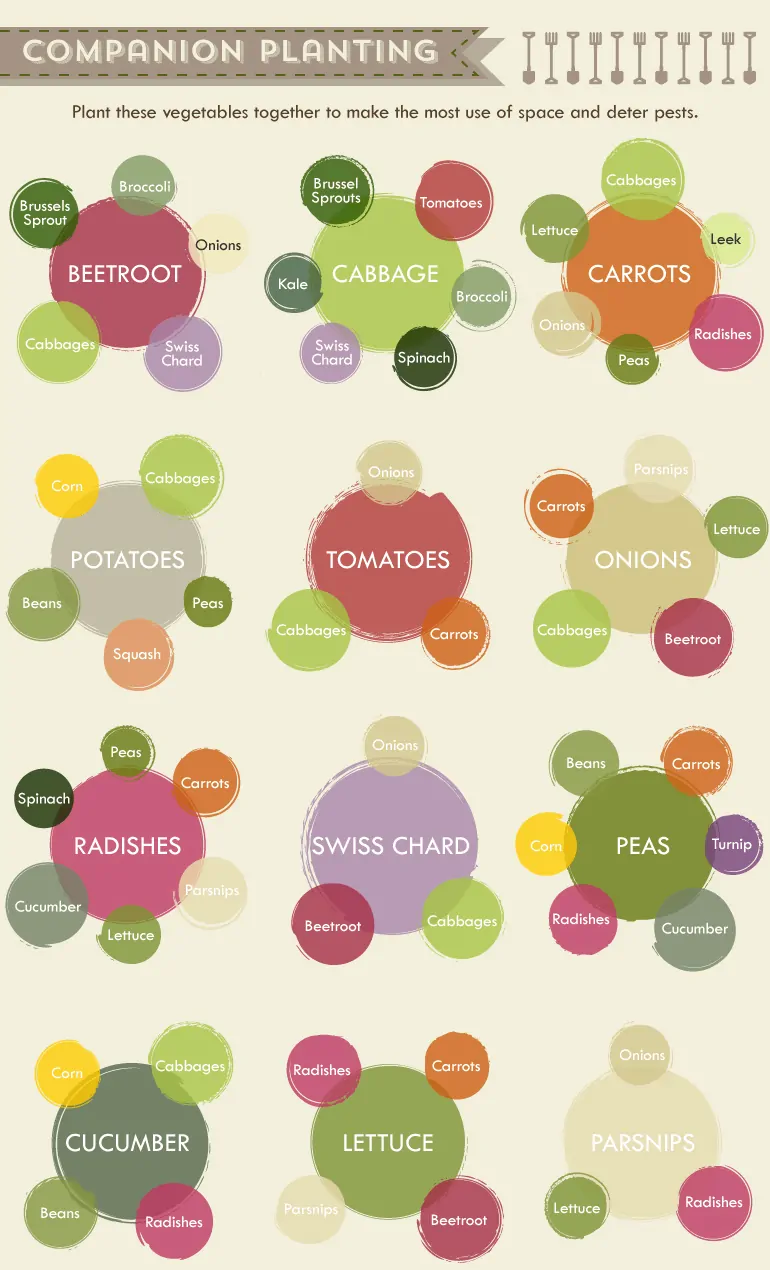The Ultimate Guide To Potato Companion Planting
The Ultimate Guide to Potato Companion Planting
Potatoes are a delicious and versatile vegetable that can be grown in many different climates. But did you know that you can improve your potato harvest by companion planting?
Companion planting is the practice of planting different types of plants together that benefit each other. There are many different benefits to companion planting, including:
- Reduced pest and disease problems. Some plants release chemicals that repel pests or attract beneficial insects. For example, marigolds repel nematodes, which can damage potato roots.
- Improved pollination. Some plants attract pollinators, which help to pollinate other plants in the garden. For example, beans attract bees, which help to pollinate tomatoes.
- Increased nutrient availability. Some plants help to improve the soil quality, which can make nutrients more available to other plants. For example, legumes fix nitrogen in the soil, which can benefit other plants.
So, which plants are good companion plants for potatoes? Here are some of the best:
- Beans: Beans fix nitrogen in the soil, which can benefit potatoes. They also help to suppress weeds.
- Carrots: Carrots have shallow roots, so they won't compete with potatoes for water and nutrients. They also help to repel nematodes.
- Cucumbers: Cucumbers help to attract pollinators, which can help to pollinate potatoes. They also help to suppress weeds.
- Kale: Kale has a strong smell that repels pests. It also helps to improve the soil quality.
- Lettuce: Lettuce has shallow roots, so it won't compete with potatoes for water and nutrients. It also helps to suppress weeds.
- Marigolds: Marigolds repel nematodes and other pests. They also help to attract pollinators.
- Onions: Onions help to repel pests, such as aphids and beetles. They also help to improve the soil quality.
- Peas: Peas fix nitrogen in the soil, which can benefit potatoes. They also help to suppress weeds.
There are also some plants that you should avoid planting near potatoes. These include:
- Eggplants: Eggplants are susceptible to the same pests and diseases as potatoes, so planting them together can increase the risk of problems.
- Peppers: Peppers are susceptible to the same pests and diseases as potatoes, so planting them together can increase the risk of problems.
- Tomatoes: Tomatoes are susceptible to the same pests and diseases as potatoes, so planting them together can increase the risk of problems.
Are you looking for information about companion planting potatoes? If so, I recommend visiting Home Gardening. This website has a comprehensive chart that shows which plants are good companions for potatoes, and which plants should be avoided.
Companion planting is a great way to improve the health and productivity of your potato plants. By planting compatible plants together, you can help to deter pests, attract beneficial insects, and improve the overall soil health.
I hope this helps! If you have any other questions, please feel free to ask.
FAQ of potato companion planting chart
- What are the benefits of companion planting with potatoes?
There are many benefits to companion planting with potatoes. Some of the most common benefits include:
* Attracting beneficial insects. Many companion plants attract beneficial insects, such as ladybugs, hoverflies, and parasitic wasps. These insects help to control pests that can damage potato plants.
* Reducing the need for pesticides. By attracting beneficial insects, companion planting can help to reduce the need for pesticides. This is a win-win for both the environment and your health.
* Improving soil health. Some companion plants, such as legumes, can help to improve soil health by fixing nitrogen in the soil. This can benefit all the plants in your garden, not just the potatoes.
* Distracting pests. Some companion plants can actually distract pests from potato plants. For example, nasturtiums are often planted near potatoes because they attract the Colorado potato beetle, which will then leave the potatoes alone.
- What are some good companion plants for potatoes?
Some of the best companion plants for potatoes include:
* Alyssum. This ground-cover flower attracts beneficial insects and helps to deter weeds.
* Cabbage family plants. These plants have shallow root systems that won't compete with potatoes for water and nutrients.
* Corn. Corn provides shade for potato plants and helps to attract beneficial insects.
* Chives. Chives help to repel pests and improve the flavor of potatoes.
* Cilantro. Cilantro attracts beneficial insects and helps to improve the flavor of potatoes.
* Flax. Flax helps to deter the Colorado potato beetle.
* Horseradish. Horseradish helps to repel pests and improve the flavor of potatoes.
* Leeks. Leeks help to improve the flavor of potatoes and deter pests.
- What plants should I avoid planting near potatoes?
Some plants that you should avoid planting near potatoes include:
* Tomatoes. Tomatoes and potatoes are susceptible to the same diseases, so planting them together can increase the risk of disease transmission.
* Eggplants. Eggplants and potatoes are susceptible to the same diseases, so planting them together can increase the risk of disease transmission.
* Peppers. Peppers and potatoes are susceptible to the same diseases, so planting them together can increase the risk of disease transmission.
* Cucumbers. Cucumbers and potatoes compete for water and nutrients, so planting them together can stress both plants.
* Pumpkins/Squash. Pumpkins/squash and potatoes compete for water and nutrients, so planting them together can stress both plants.
* Onions. Onions and potatoes can cross-pollinate, which can affect the flavor of the potatoes.
* Fennel. Fennel and potatoes can cross-pollinate, which can affect the flavor of the potatoes.
* Carrots. Carrots and potatoes compete for water and nutrients, so planting them together can stress both plants.
Image of potato companion planting chart
This chart shows which plants are good companions for potatoes, and which plants should be avoided. Some good companions include beans, carrots, cucumbers, onions, and spinach. Some plants to avoid include tomatoes, eggplant, and peppers.
This chart is a comprehensive guide to companion planting, and includes information on over 100 different plants. It's a great resource for gardeners who want to maximize their yields and create a healthy, balanced garden.
This chart is easy to read and understand, thanks to its use of color-coding. Plants that are good companions are shown in green, while plants to avoid are shown in red.
This chart is a great option for gardeners who want a quick and easy reference. It shows the basic principles of companion planting, and includes a few examples of good and bad companions.
This chart is a great way to learn about companion planting visually. It shows different plants that can be grown together, and includes information on the benefits of each combination.


Post a Comment for "The Ultimate Guide To Potato Companion Planting"